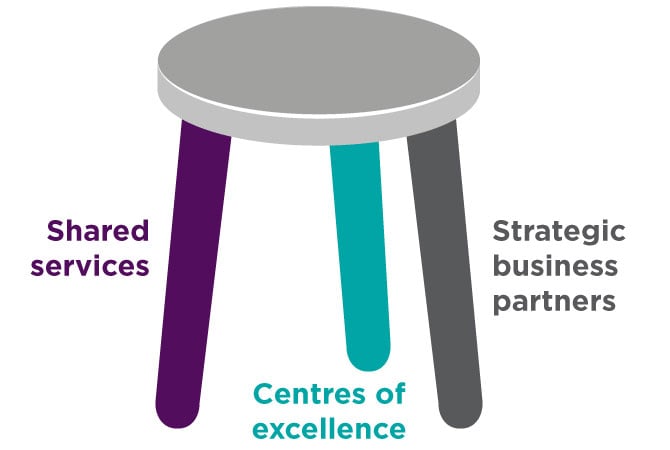Business partnering is one of the main HR operating models that people functions use globally. Ideally, Business partnering is about defining and aligning people function capabilities in order to meet the organisation’s objectives, and you don’t have to be called a Business Partner to adopt and apply a business partnering mindset.
This factsheet explores what business partnering is and how it works, both as a model and a mindset. It covers the evolution of business partnering, and the original business partnering model. It also offers guidance on implementing business partnering and how it can help organisations shape positive change to support people, performance, and business practices.
This factsheet was last updated by Samantha Coogan, Learning Content Manager (HR & Law), CIPD
CIPD Trust
Tackling barriers to work today whilst creating inclusive workplaces of tomorrow.
Bullying
and harassment
Discover our practice guidance and recommendations to tackle bullying and harassment in the workplace.
Related content
22 Apr, 2024
The CIPD celebrates International HR Day 2024Listen to episodes from our CIPD Ireland Podcast Series on a range of topical workplace, HR and L&D issues
An exploration of how generative AI tools like ChatGPT can be used effectively to support human resource management
Researchers investigate the daily obstacles faced by HR practitioners when trying to work proactively rather than reactively
Learn what modern slavery is, as well as HR's role in preventing and tackling it
Learn about the UK law surrounding workplace pensions and how to choose new schemes or review existing pension arrangements
Explores the benefits of flexible working, the types of arrangements commonly used and gives practical tips on implementing flexible working practices
Learn about the SWOT framework, the process of a SWOT analysis, and its advantages and disadvantages
